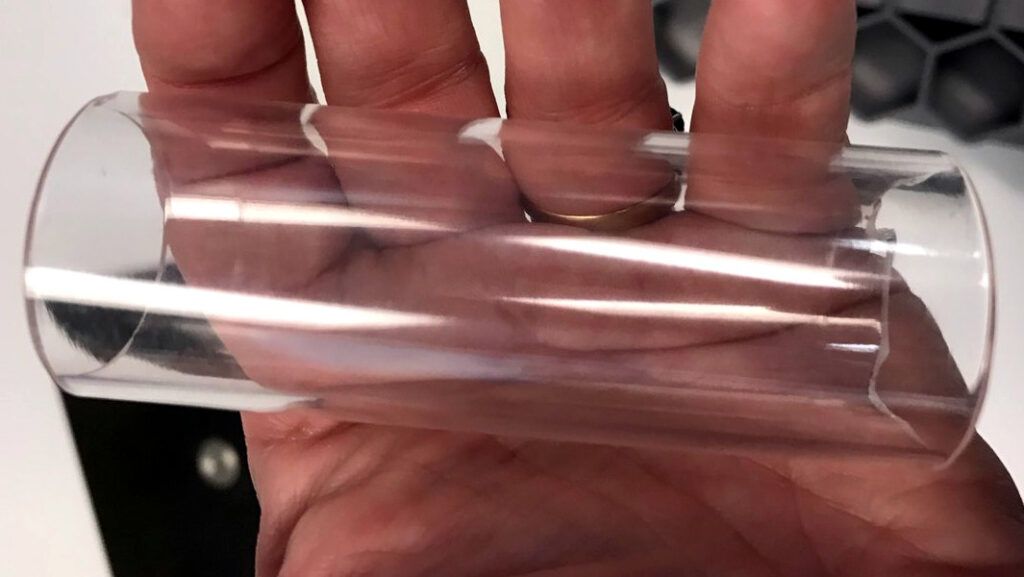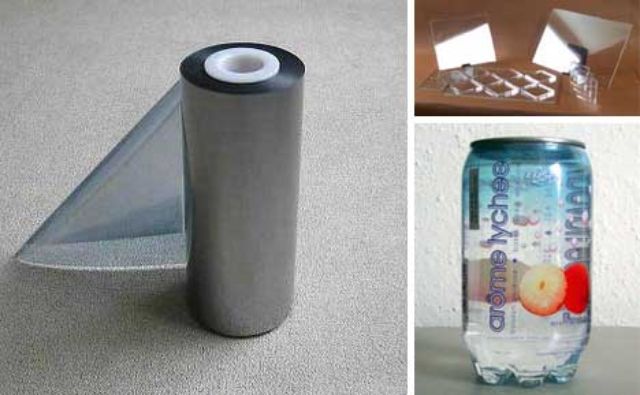Transparent Aluminum: A Real See-Through Metal

Stronger than glass, various military and commercial applications for this remarkable material are already being tested. What was once used in the science-fiction Star Trek movies, see-through aluminum is now something that – through test mixing with rubies, sapphires and more – is now being tried out in all kinds of ways to create transparency where strength is also required.

For now, it is used in static-free transparent aluminum wrapping for computer parts and other electronics. It is also being tested in otherwise-conventional see-through soda cans and military shielding for vehicles where windows once were. At over ten dollars per square inch, however, it is still not cheap enough for mainstream everyday use – but may be someday soon.
Here are some more details from Science Daily.
“‘What we have created is a completely new state of matter nobody has seen before,’ said Professor Justin Wark of Oxford University’s Department of Physics, one of the authors of the paper. ‘Transparent aluminum is just the start. The physical properties of the matter we are creating are relevant to the conditions inside large planets, and we also hope that by studying it we can gain a greater understanding of what is going on during the creation of ‘miniature stars’ created by high-power laser implosions, which may one day allow the power of nuclear fusion to be harnessed here on Earth.’”
“The discovery was made possible with the development of a new source of radiation that is ten billion times brighter than any synchrotron in the world (such as the UK’s Diamond Light Source). The FLASH laser, based in Hamburg, Germany, produces extremely brief pulses of soft X-ray light, each of which is more powerful than the output of a power plant that provides electricity to a whole city. The Oxford team, along with their international colleagues, focused all this power down into a spot with a diameter less than a twentieth of the width of a human hair. At such high intensities the aluminum turned transparent.”




